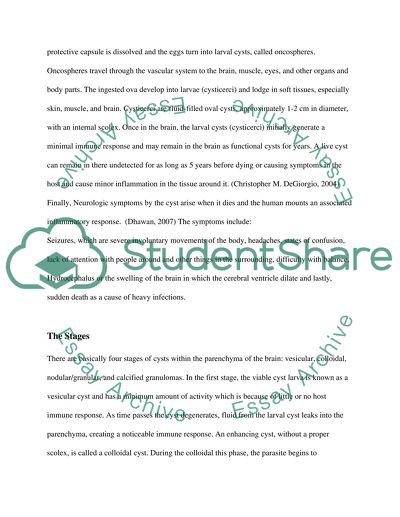Cite this document
(“Neurocysticercosis Essay Example | Topics and Well Written Essays - 1500 words”, n.d.)
Retrieved from https://studentshare.org/miscellaneous/1512676-neurocysticercosis
Retrieved from https://studentshare.org/miscellaneous/1512676-neurocysticercosis
(Neurocysticercosis Essay Example | Topics and Well Written Essays - 1500 Words)
https://studentshare.org/miscellaneous/1512676-neurocysticercosis.
https://studentshare.org/miscellaneous/1512676-neurocysticercosis.
“Neurocysticercosis Essay Example | Topics and Well Written Essays - 1500 Words”, n.d. https://studentshare.org/miscellaneous/1512676-neurocysticercosis.


